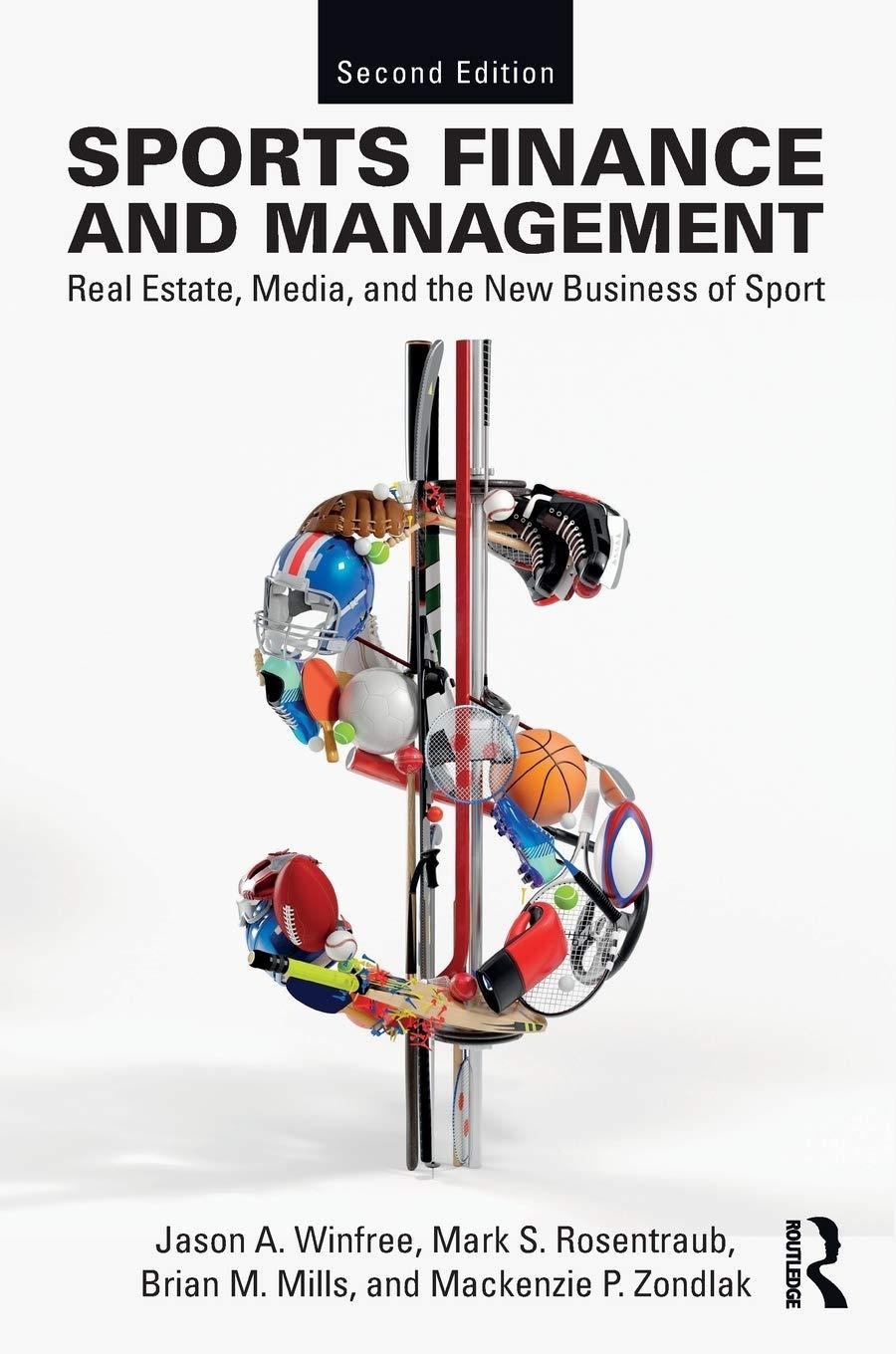Question
Q1 A firm is considering a long-term investment that will cost $1,000 and is expected to produce net operating cash flows of $800 per year
Q1
A firm is considering a long-term investment that will cost $1,000 and is expected to produce net operating cash flows of $800 per year for three years. The firm has a target capital structure of 25% debt and 75% equity, and the after-tax cost of long-term financing is 12% for debt and 16% for equity. The net present value of the proposed investment is:
Select one:
a. $827.
b. $1400.
c. $796.
d. $1778.
e. None of the above.
Q2
Which of the following statements is false?
Select one:
a. The accounting return on investment is deficient as a technique of investment evaluation as it uses accounting data, not cash flows.
b. The accounting return on investment and payback methods are deficient as techniques of investment evaluation as they do not adequately consider the time value of money.
c. Accounting return on investment is consistent with owner wealth maximisation.
d. The accounting return on investment and payback methods are simple to calculate.
e. The payback method ignores cash flows that arise after the payback period.
Q3
The lender of last resort role provided by the central bank had the following result:
Select one:
a. Initially the banking system became riskier.
b. Generally, banks played off the situation by lowering their reserve ratios.
c. The great depression of 1929.
d. Guaranteed the safety and soundness of the financial system.
e. B and D above.
Q4
From the point of view of a business borrower, debt financing tends to be ________ than equity financing.
Select one:
a. cheaper and more risky
b. cheaper and less risky
c. more expensive and less risky
d. more expensive and more risky
Q5
With respect to inflation and long-term investment projects, the recommended treatment is:
Select one:
a. to adjust future cash flows to incorporate inflation, and discount cash flows at the real cost of capital which excludes inflation.
b. do not adjust future cash flows to incorporate inflation, and add an inflation premium to the nominal cost of capital.
c. to adjust future cash flows to incorporate inflation, and discount cash flows at the nominal cost of capital which includes an inflation premium.
d. do not adjust future cash flows to incorporate inflation, because the nominal cost of capital already includes an inflation premium.
Step by Step Solution
There are 3 Steps involved in it
Step: 1

Get Instant Access to Expert-Tailored Solutions
See step-by-step solutions with expert insights and AI powered tools for academic success
Step: 2

Step: 3

Ace Your Homework with AI
Get the answers you need in no time with our AI-driven, step-by-step assistance
Get Started


